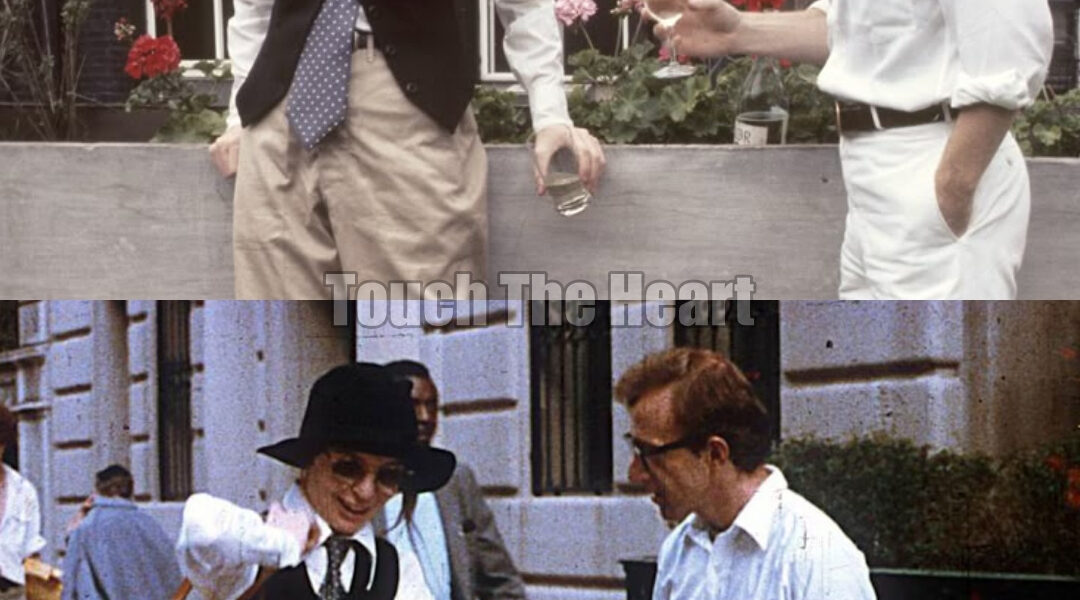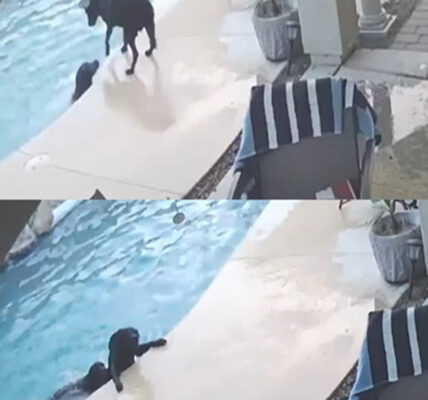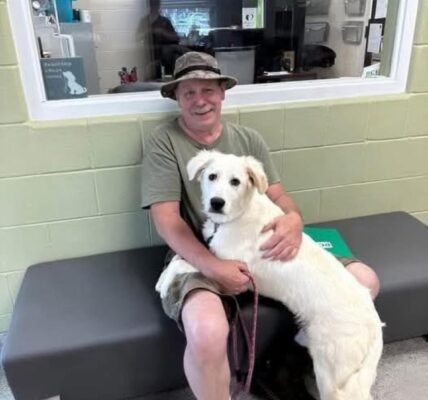- Homepage
- Uncategorized
- The Day Diane Keaton Quietly Changed Hollywood — One Tie, One Hat, One “No”.
The Day Diane Keaton Quietly Changed Hollywood — One Tie, One Hat, One “No”.

She didn’t walk onto the set to make history. She just walked in wearing clothes that felt like her — and that changed everything.
In 1977, Diane Keaton was still seen as the “odd” actress in Hollywood — funny, charming, but not the kind of woman studios trusted to define a film. Annie Hall was supposed to change that, turning her into a leading lady. But Hollywood had a very clear idea of what a leading lady should look like: elegant dresses, perfect hair, soft colors, carefully designed femininity.
So the costume department delivered exactly that — polished outfits, delicate fabrics, clothes meant to make her look glamorous.
Diane took one look and said the quietest, most revolutionary word in the business:
“No.”
She didn’t argue.
She didn’t explain.
She simply refused to wear a version of womanhood that didn’t feel true.
The next morning, she showed up in her Annie Hall:
• A man’s tie, slightly crooked
• A vest that didn’t match anything
• Loose khaki pants
• A white shirt half tucked in
• A big, floppy hat that looked like it belonged to another decade
It was messy. It was masculine. It broke every unspoken rule about how a romantic lead in a Hollywood film should dress.

And yet — it felt alive.
The crew stared. Woody Allen hesitated. The studio executives weren’t sure they’d accept it. No one had ever seen a female lead dressed like that on purpose.
But Diane didn’t move.
She didn’t apologize.
She just said:
“This is who she is.”
And that was the beginning of one of the most iconic characters in film history.
Annie Hall didn’t just act different — she looked different. Not flawless, not glamorous, not manufactured. Just real. And women everywhere saw something they had never seen before:
Permission.
Permission to dress for themselves.
Permission to be interesting instead of polished.
Permission to be attractive without trying to be perfect.
That outfit — that tie, that hat, that whole untidy confidence — flipped an entire industry’s idea of femininity. Fashion houses copied it. Magazines analyzed it. Designers praised it. Women all over the world started wearing vests and wide pants and ties because for the first time, it didn’t feel like a costume.

It felt like freedom.
Woody Allen later said, “Diane didn’t just play Annie. She created her.”
And Hollywood eventually admitted it — the film won four Oscars, including Best Actress for Keaton. But the real award, the one no one could hand her, was this:
She changed what a woman was allowed to be on screen.
Years later, when someone asked her if she knew she was starting a trend, she just laughed:
“I wasn’t trying to be fashionable. I was just being honest. And sometimes, honesty is the boldest thing you can wear.”

She didn’t start a fashion revolution by trying to look strong.
She started one by refusing to look acceptable.
Sometimes the bravest thing a woman can do is show up exactly as she is — and not wait for permission to be seen.




